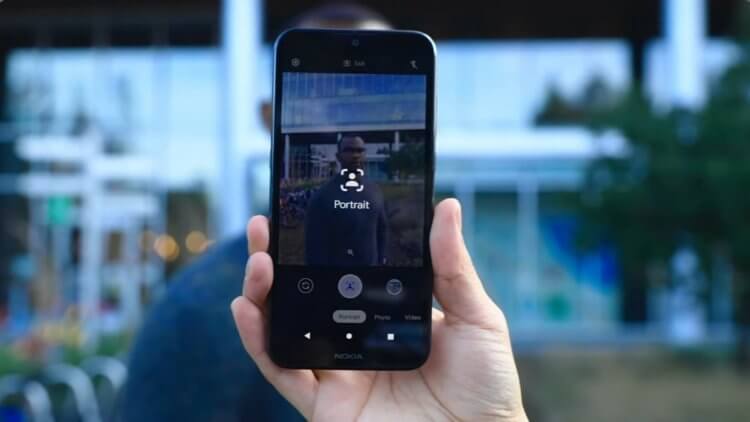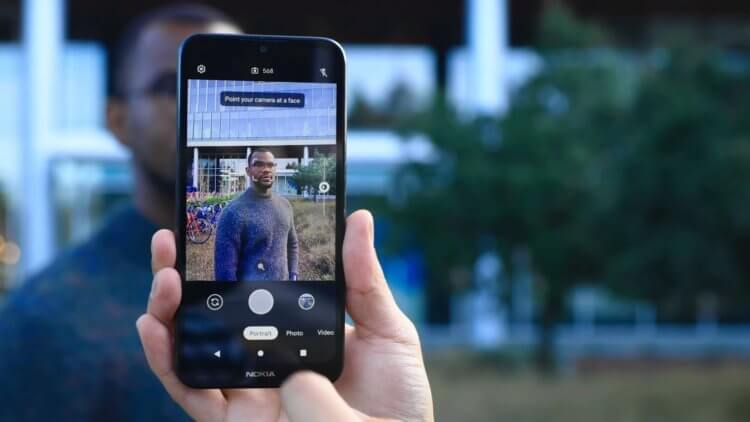I think you have noticed more than once that the pictures taken with Instagram for Android invariably turn out to be worse than if you upload a photo taken with a standard application to the service. The thing is that the developers can use only three functions of the camera: photography, video recording and flash activation. All other features, including zoom, the use of post-processing algorithms and much more, remain inaccessible to them. However, Google decided that now that the camera has become the main component of all smartphones, it would be completely wrong to restrict software in its use.

Are you wondering why Instagram is taking such bad pictures? We have an answer to this question
Google plans to expand the capabilities of the CameraX system interface, which is responsible for providing third-party applications with access to the smartphone's camera capabilities. This will allow them to use different lenses, change the resolution of photos and videos, apply advanced add-ons like night mode, HDR +, portrait mode, etc. As a result, applications such as Instagram, WhatsApp, Facebook and VKontakte, which have a built-in shooting function, will be able to produce better photos and videos. But that's not all.
Camera apps for Android

It turns out that it is quite possible to improve the quality of shooting in third-party applications for Android
It just so happens that for Android there is a great variety of third-party photography applications that offer additional features, but at the same time often find themselves without access to some of the regular ones. Because of this, almost ideal programs that allow you to clearly adjust the shutter speed, aperture and other indicators are deprived of the ability to shoot slow-motion video or activate the ToF sensor, which is responsible for recognizing three-dimensional objects and providing a more natural and rich bokeh effect in portrait photos.
Why, one wonders, could not third-party developers themselves add the missing functions to the applications? Well, in fact, there is at least one, but quite weighty reason for this, which is the disproportionate labor costs and expediency. Suppose the developers Instagram can add to the application the ability to activate shooting with an ultra-wide angle lens or support for portrait mode. But is it worth it? After all, users often choose a photo for publication from the available ones, and do not make one and do not send it right there to the feed. Therefore, most likely, the majority will prefer to use the stock camera application, and the advanced camera features from Instagram will be idle and will not give the proper conversion to installs.
How to shoot 4K with Samsung
However, there is a small snag. Now some manufacturers deliberately restrict independent developers in their ability to access the standard functions of their smartphones. This is done, for example, by Samsung, which does not allow third-party camera applications to shoot in 4K at 60 frames per second, reducing their frame rate by half. As a result, no matter how cool a filming application you install, you will not get a video of the same quality and frame rate at the output. This means that Google will have to somehow convince manufacturers to abandon their principles, otherwise there will be no big sense from its new initiative.
However, it is very important to understand that this whole story is about expanding the capabilities of applications on specific smartphones, and not vice versa. That is, applications Instagram, Facebook and other services will be able to use the Night Shift mode on the Google Pixel, but will not bring it to other smartphones, where it is not available by default. This is a very delicate approach, which, on the one hand, will make the use of Android – smartphones more convenient, and, on the other hand, will not allow equalizing the capabilities of devices from different manufacturers, which favorably differed from each other by radically different approaches to creating standard software.
